Whitetails and Water Guzzlers: Gaining control of whitetail hydration
Protein, digestible energy and minerals…every article in popular hunting magazines and on the web, addresses one or more of these key factors for maximizing the health of the deer you hunt. I agree that they are crucial for decorating your trophy room. What about water?
July across much of the whitetail’s range has been extremely hot and dry. If you’re anything like most of the “somewhat serious” bow hunters we know you are trying to sneak in evening practice session after the sun goes down. If you’re on top of your game you’ve already tweaked a few stands and trimmed some shooting lanes. Many hunters, regardless of their weapon of choice, are starting to go over their gear, replacing those old, worn out boots or they’re on the market for the latest in scent control technology. Working closely with hunters across the whitetail’s range, I’ve studied their habits closely.
I’ve been visiting with clients who are experiencing the same challenging issues that we are on Drop-Tine Farms NY & PA: drought conditions. Clover, the often touted “king” of food plots, is in a severe state of dormancy but those who planted drought friendlier species such as chicory are enjoying a little bit of an insurance backup plan. Native vegetation has dropped in quality (and moisture content) as a result of drought stress. Of course, we’re all aware of this, especially when it affects our favorite summer/fall “table crops” such as corn.
Many streams and man-made watering holes that normally bank moisture from one or two prior rain events are now beginning to fill with aquatic vegetation. As young biologists, we were taught in college-level nutrition courses that many critters, including white-tailed deer, obtain much of their needed water from the herbaceous plants that they consume. I believe that, but I also firmly believe we’re missing the boat and underestimating the importance of incorporating water sources into our management plans.
I’m sure you’ve read articles in hunting magazines that take the topic of designing food plots to an engineer’s level. They detail location, size, shape, aspect, slope and position in relation to other food sources, travel corridors and bedding cover. I do this as well, on both my personal properties and on my client’s properties.
My question is: why do we feel it’s of utmost importance to spend so much time placing food plots in specific areas and in a very detailed shape/size but we never talk about strategically placing SURFACE WATER SOURCES (i.e. water guzzlers) to minimize stress, shrink distance traveled for hydration and ultimately maximize the health of our deer herds?
The benefits of a plentiful water supply for whitetails are too numerous to detail in this article. You almost can’t go a day without someone telling you about the importance of drinking plenty of water throughout the day. Therefore, I’m sure you won’t argue with me when I say: “Free water” (i.e. ponds, streams, rivers and lakes) availability may not be a limiting factor in whitetail survival; but it’s certainly a limiting factor in MAXIMIZING their health. Strategically locating “free water” sources (guzzlers) is an underutilized strategy when micro-managing hunting properties. In my opinion, “free water” availability is severely underrated as a limiting factor in white-tailed deer management.
As a consultant I intensively test every product BEFORE I recommend it to clients. Since I’ve been testing water sources (drinkers and guzzlers), I’ve come across peers, and some are government biologists, who insist I’m crazy. One assured me “Jason, if you’re not managing deer in Arizona, water is not a limiting factor on the properties you are managing.” My response has been “B.S.”. I’ve noticed that those who don’t feel water is a limiting factor across much of the whitetail’s range are attempting to manage white-tailed deer on a large, sometimes state-wide, basis. Sorry boys, the only way for me to turn client’s into happy hunters is to micromanage THEIR properties, not some “management unit” defined by highways, rivers or county lines!
As a deer manager, I realize I can’t control everything. But as a perfectionist I realize the benefits of striving to control all that I can. While taking my morning mountain bike ride through Pennsylvania farm country this morning (water bottle attached) I came across a middle-age buck that had been hit by a car. This was not a “dispersing yearling”. With temperatures already approaching 80 I didn’t hesitate to stop for a break and examine where he was coming from and, perhaps more importantly, where he was headed to. My best guess was that he was leaving the small woodlot surrounded by corn and soybeans for the only flowing stream in the area, just 100 yards from where he met the grill of a motorized vehicle. Could I be wrong? Sure! However, as a consultant my job has always been to eliminate all such possibilities. Was water a limiting factor for whitetails when you consider several hundred acres in and around that buck’s home range? As defined on such a large scale: Absolutely not. This is the level my “peers” are managing on when they scoff at my guzzler projects.
Was the LOCATION of that “free water” source (stream) a limiting factor for that particular middle age buck? ABSOLUTELY!!! The set back by losing that middle age buck is measured in years!
One product I’ve researched and installed on my personal property in PA is the Wildlife Water Guzzler developed in Texas. Some of the specifications that led me to initially test this particular guzzler include:
• Affordable for small acreage management
• Non-corrosive fiberglass construction is lightweight, durable, and will never rust
• 20% grade, rough surface drinking trough that allows watering of big game (deer, antelope, elk) and small game (pheasants, quail) and allows small game to enter the trough without becoming trapped and contaminating the water supply
• Easily installed above and below ground
• MY FAVORITE: Just one inch of rain adds 35 gallons to an 8 foot diameter tank where it’s banked and stored for wildlife hydration.
Posted by Jason Snavely
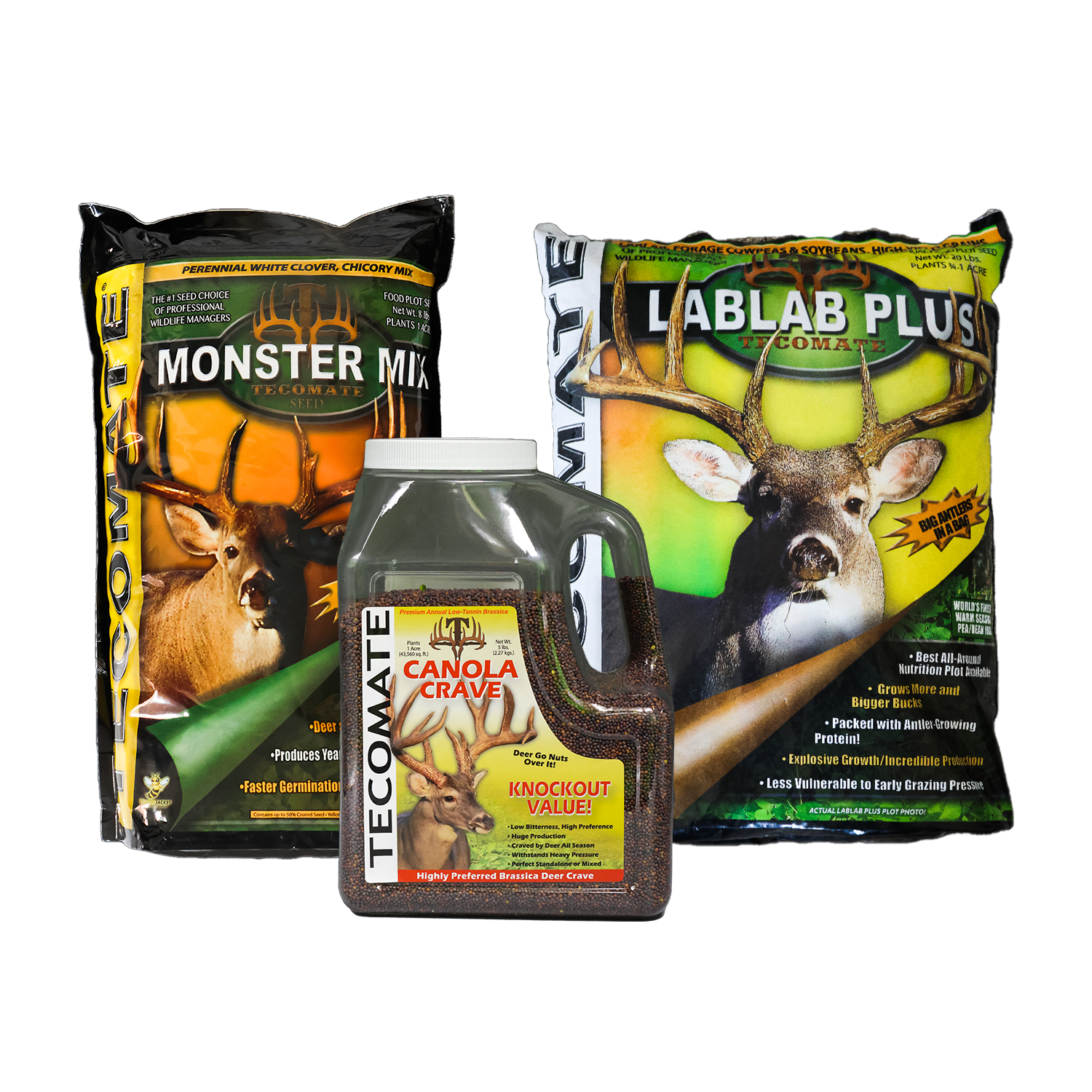
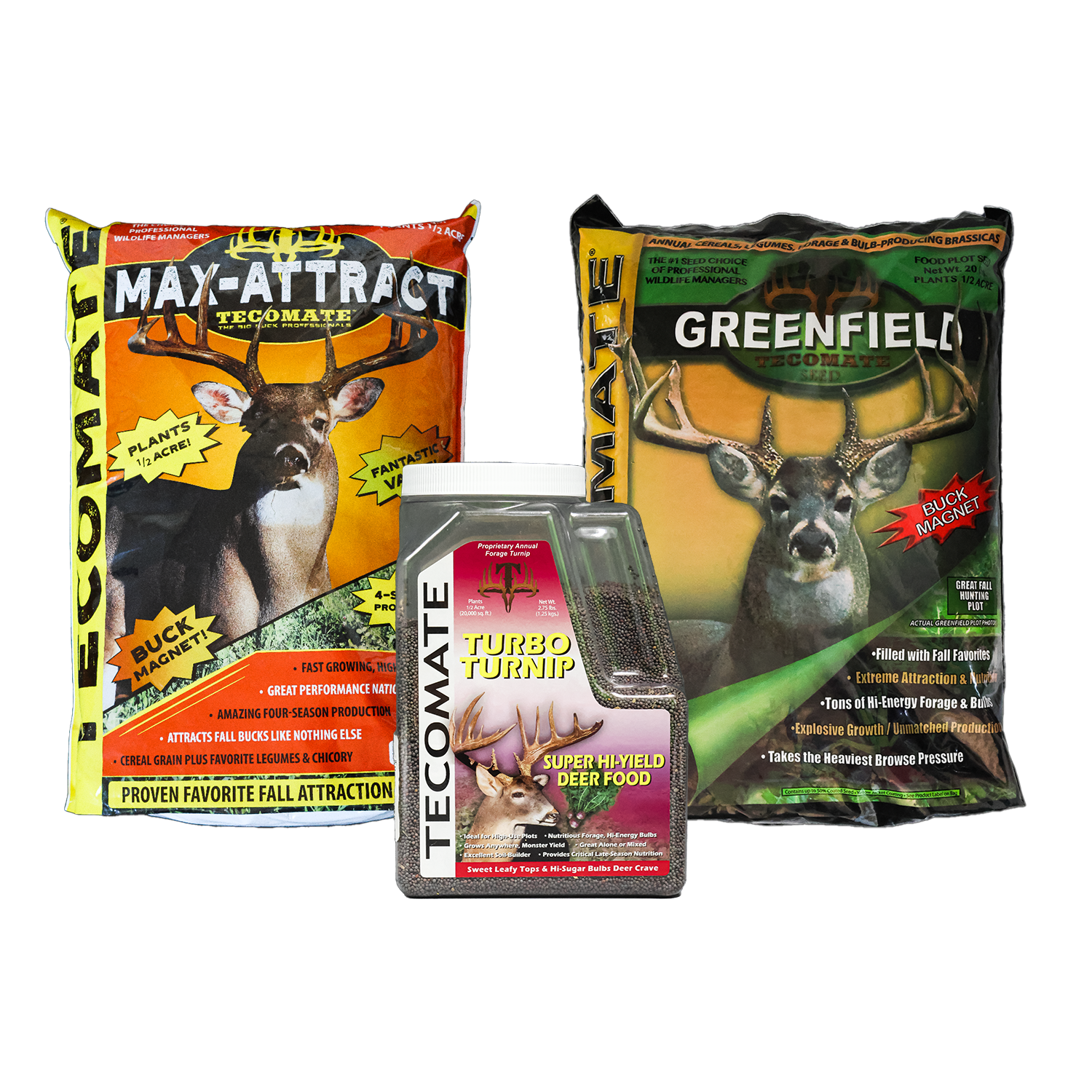
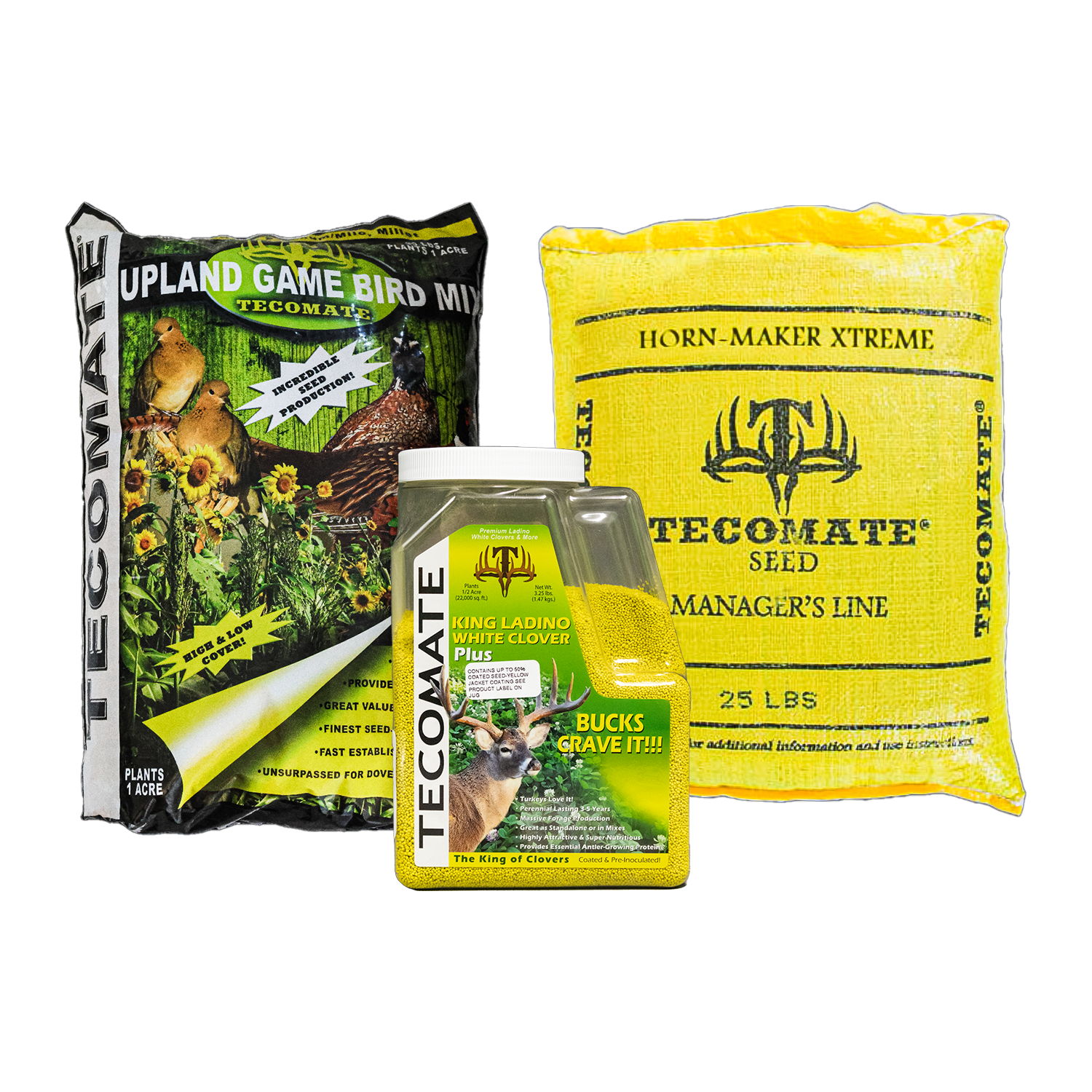
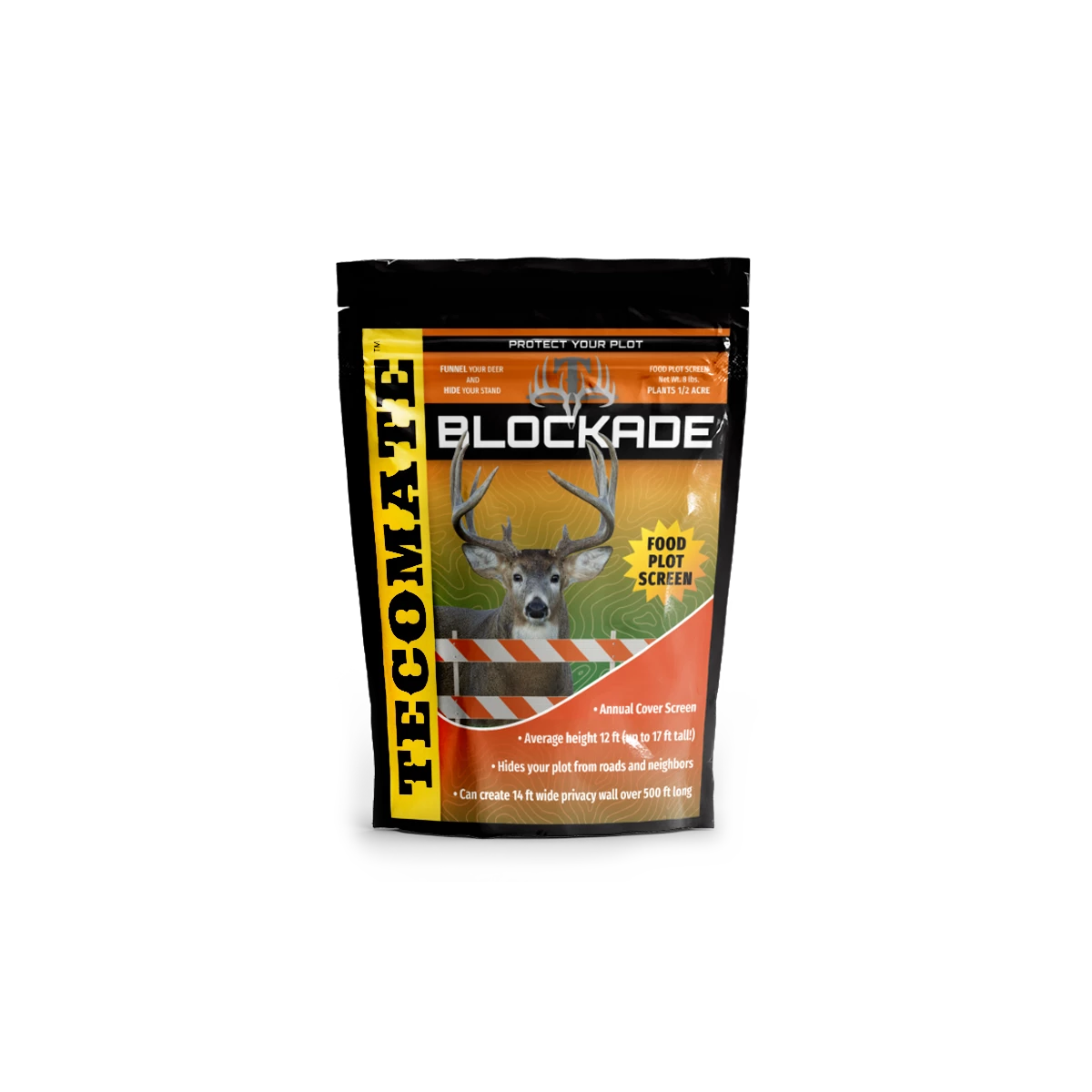
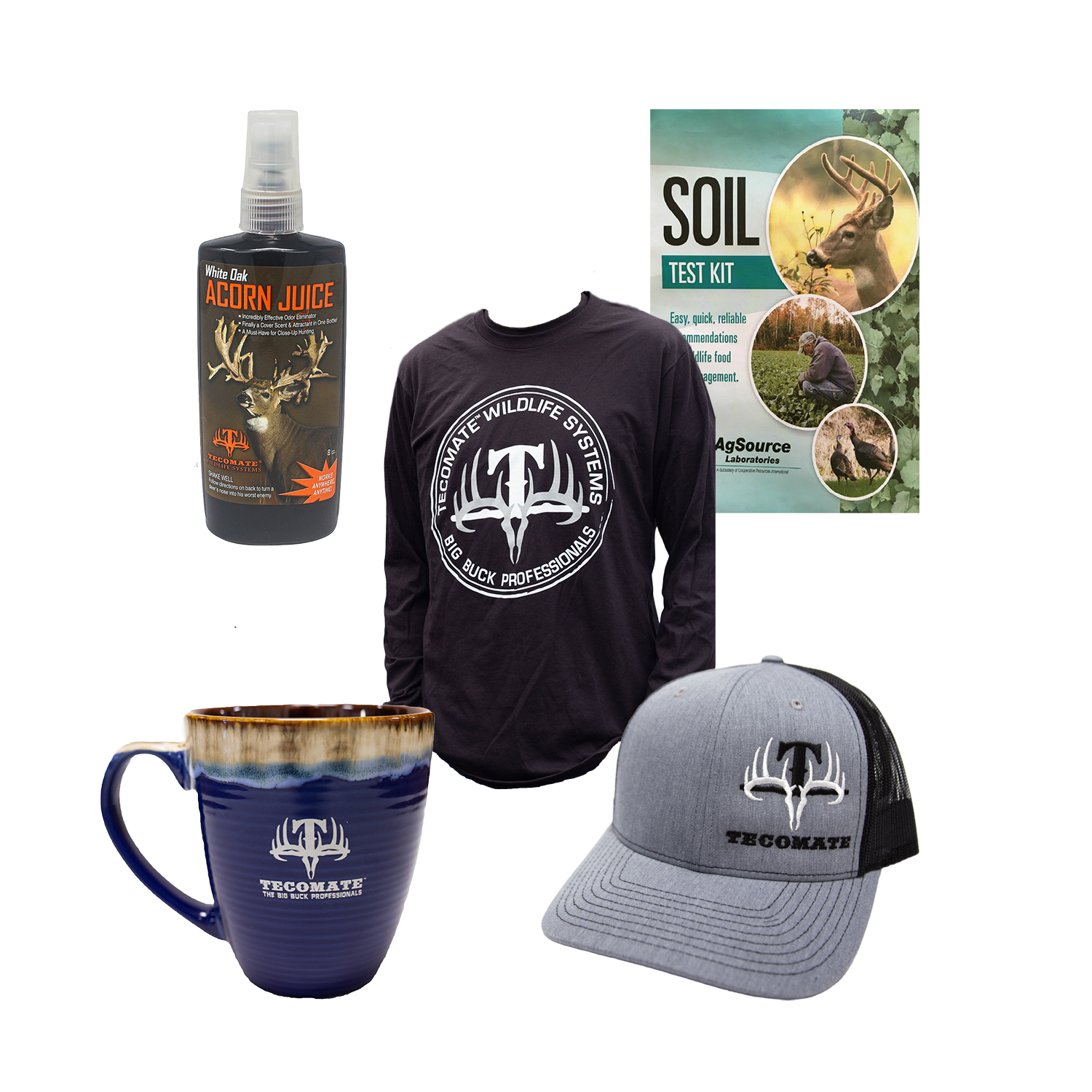
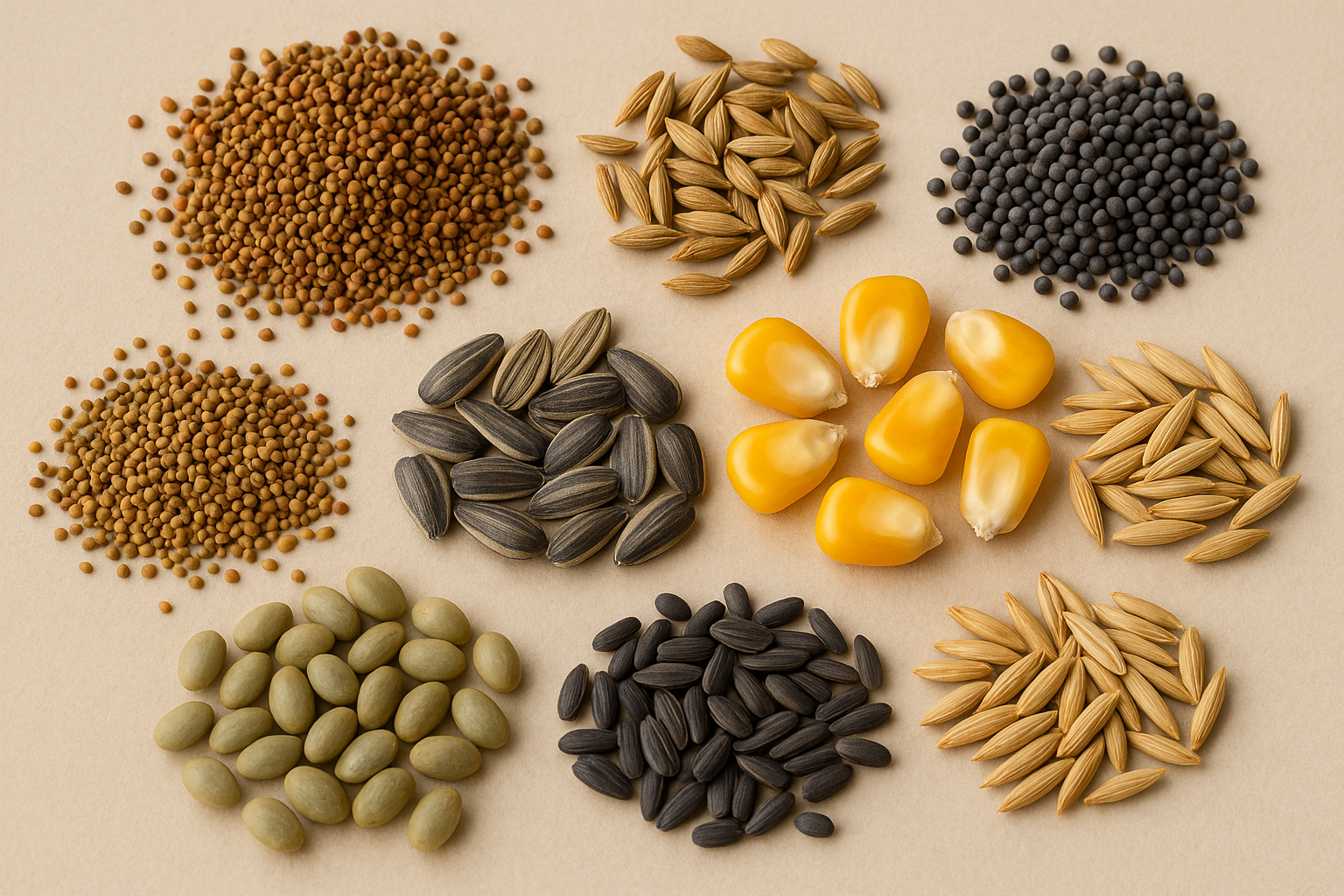
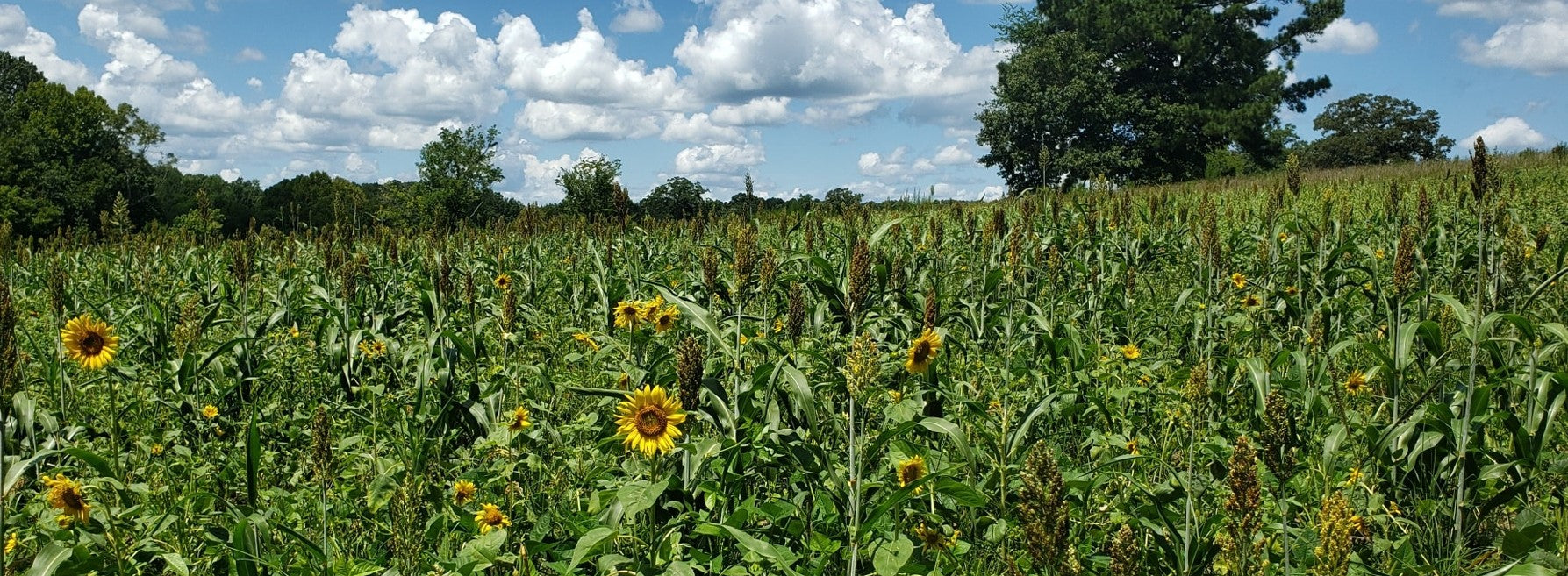
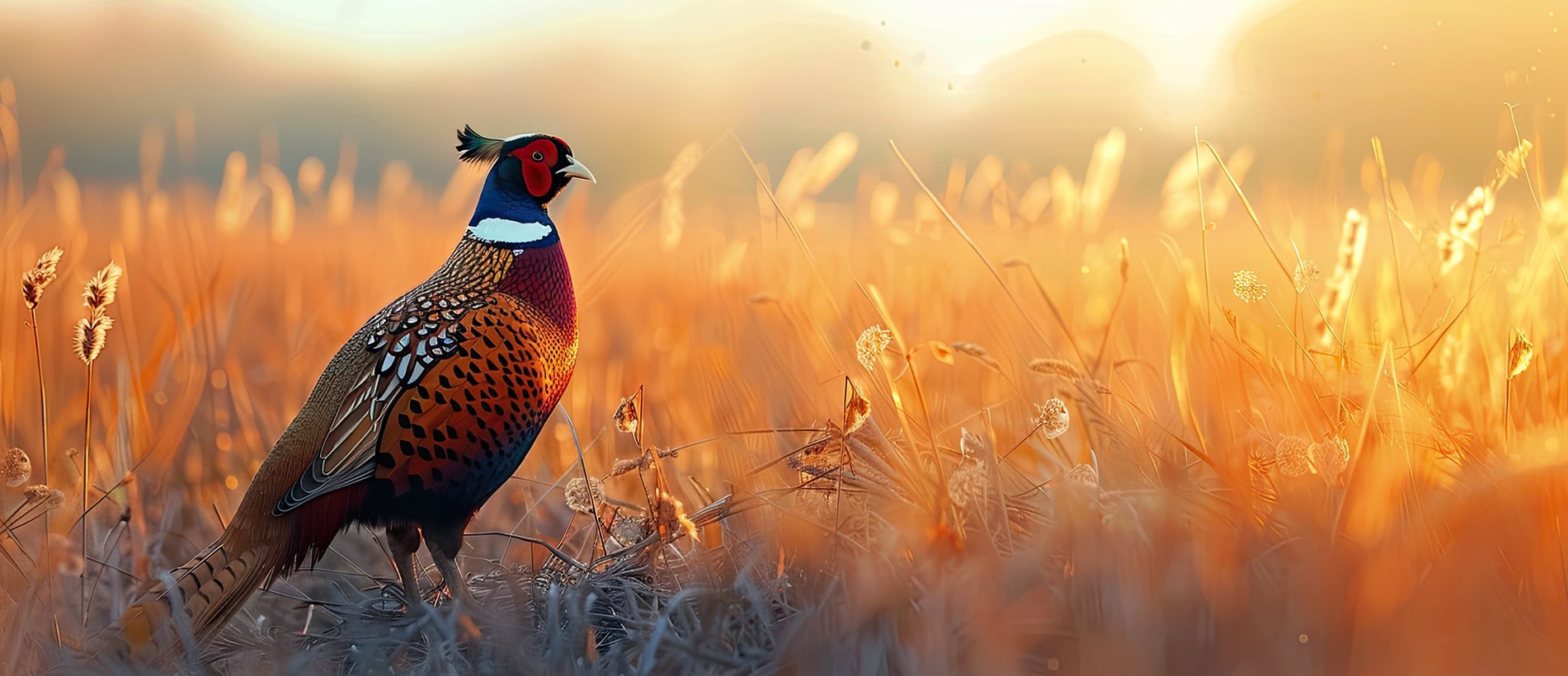

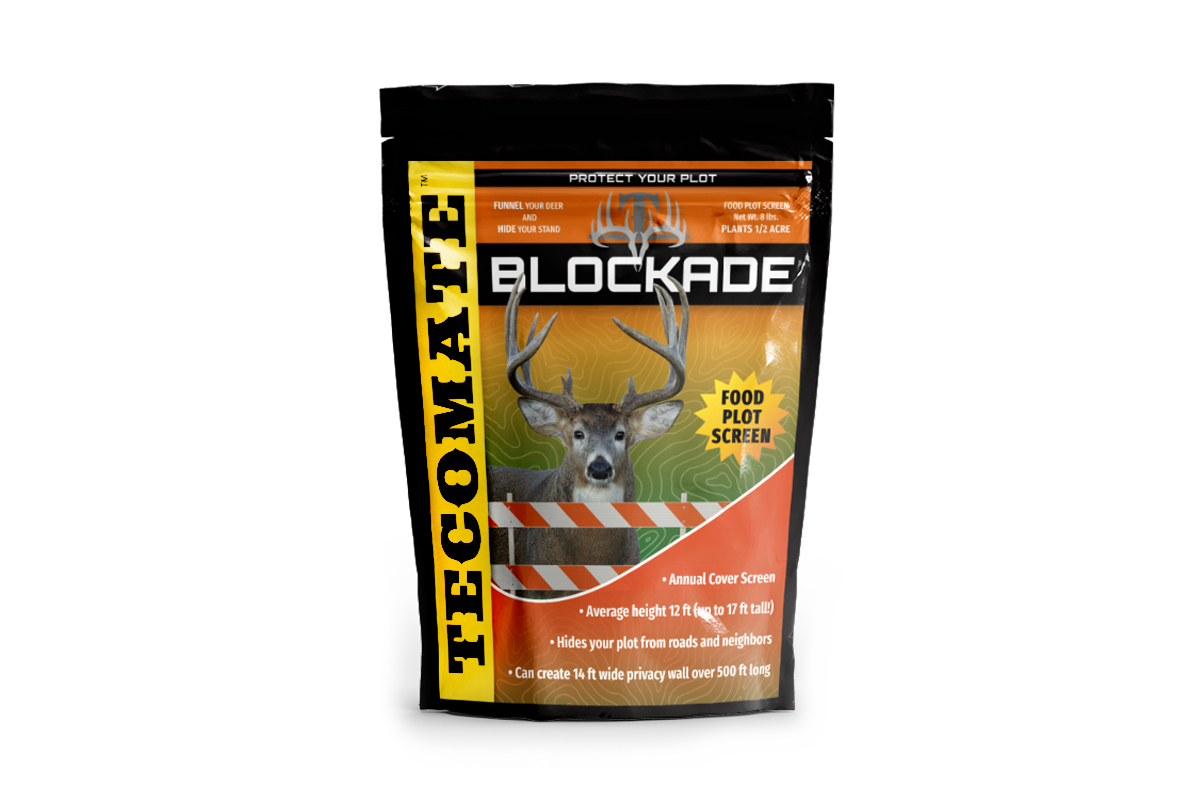

Leave a comment